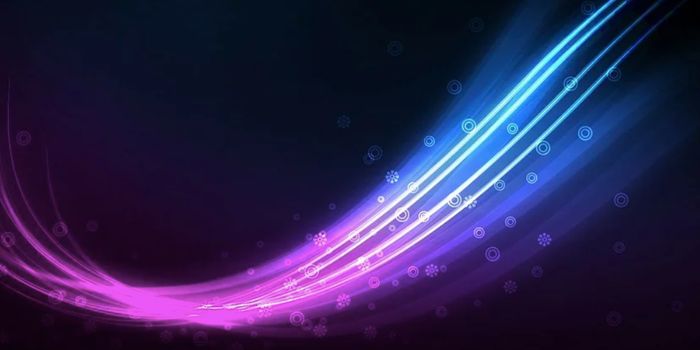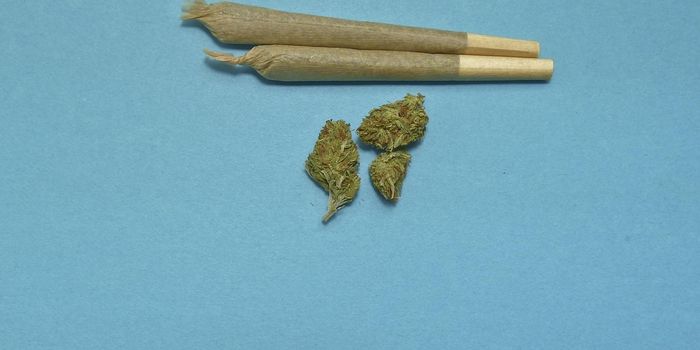About 2,300 years ago, the Greek philosopher and scientist Aristotle noticed what he called a "cold fire" emanating from decaying wood in a forest. That may have been the first documented observation of bioluminescence in mushrooms, a phenomenon that's been observed over the years in 71 different species of the fungi.
The chemical process by which mushrooms generate light is still mysterious, but for years, scientists have puzzled over something else as well. Why do some mushrooms glow? What advantage does it provide to them?

A just-published study by U.S. and Brazilian researchers in the journal Current Biology finally provides a good answer. Basically, these mushrooms turn themselves into a natural version of the neon sign in the local bar and grill, in order to attract insect visitors --beetles, flies, wasps and ants -- who will spread the fungal spores around and further the species' effort to reproduce and survive.
"It appears that fungi make light so they are noticed by insects who can help the fungus colonize new habitats," says Cassius Stevani of Brazil's Instituto de Química-Universidade de São Paulo.
Additionally, the researchers found that mushrooms don't just give off light indiscriminately. Instead, their bioluminescence is controlled by a temperature-controlled circadian clock, which enables them to conserve energy by only turning on when it is dark enough for insects to spot them.
(Source: Discovery News)









